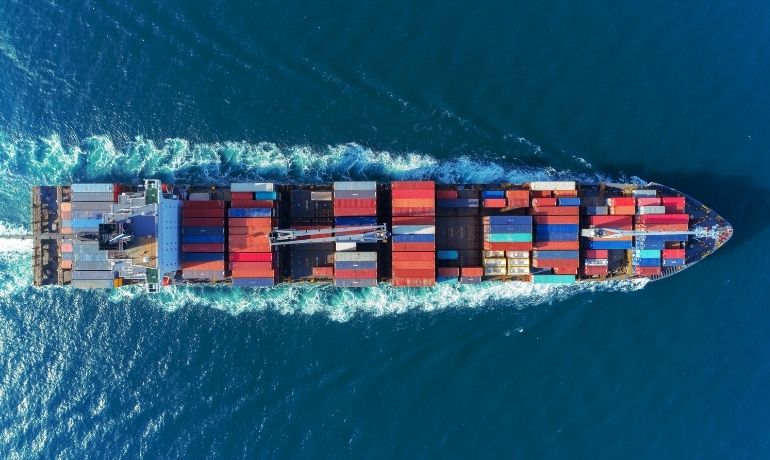5 things that you need to know about ocean freight

Globalization has lead, Marine Freight shipping the most widely accepted method of international logistics. When you’re looking to grow your business or enter an international marketplace, ocean freight is the best possible way to offer you a cost-effective method for importing and exporting goods.
In this blog, we’ll bring clarity to five ocean freight concepts that may cause the most confusion. If you’re new to this shipping method, you’ll get a solid overview of how ocean freight works and If you’re already using ocean freight, you may discover something new to help you take full advantage of this cost-effective shipping option. Due to the wide use of ocean transportation method to transport goods around the world, there is a defined structure for both importers and exporters to get knowledge of before performing or entering marine freight shipping, this is as follows:
- Make a budget and Follow it
When new companies start ocean freight for the first time, they assume they’ll need to reserve a full container for their shipment. However, that’s not true - anyone can also book a portion of the container. You can check if other freight forwarding companies can help you ship less-than-container loads (LCL), rather than feeling forced to use full container loads (FCL). Going the LCL route means that your goods will be consolidated with other shipments. so this may ultimately save you money on shipping costs. Additionally, freight forwarders who are looking for smaller shipments for their incomplete shipping containers can offer you great rates, and to check the best rates for your shipment you can go to ziepe.
- Pricing - Easy to interpret
Calculating the price of importing and exporting goods across international borders can seem complicated in theory, but ocean freight forwarding services are easier to price out than using air freight forwarders because ocean freight can involve a few types of transportation—truck, rail, and boat to name a few possibilities—you might think the pricing model is complicated. However, when it comes to LCL shipments, these are priced according to how much space you’re taking up in the container. which means, your price is based on the volume of your shipment in cubic feet.
The Formula for Calculating the Volume of Your Shipment: Length (in feet) x Width (in feet) x Depth (in feet) = Volume (in cubic feet).
Although this formula works for most situations, some variables might affect the outcome, like if the goods are very fragile, or extremely lightweight and rates may definitely vary.
- Caution: Hidden Charges?
One of the hidden costs on your shipping invoice may be fuel charges, which is to be expected, yet most shippers don’t consider the possible fluctuations in oil and gas pricing. Many times, a freight forwarder will condense the number of line items for you so you can simply focus on the bottom-line cost. Be aware of that.
- Packing is Crucial
Packaging plays a vital role in ocean freight as the goods are moving for hours and hours the products will be in motion for many days, so to keep the product intact and safe packing must be done precisely First of all, your shipment will be packed in a container that will be lifted by a crane on and off the ship. Additionally, while the container is in transit on the vessel, it will be subject to the rocking and rolling of the Pacific Ocean all the way to its final destination
To ensure that your shipment reaches its destination safely, you’ll want to take extra care in packing it right. And to get packaging done by experts to save unwanted costs and keep your goods intact, contact ziepe.
- Freight Schedules and Time-Zones
Be aware of the different transit times, carriers and consolidators. Ships have sail dates ( when the ship leaves the port), which differ from the delivery cut-off dates ( the deadline time to deliver goods for transportation ) to ocean forwarders. For example, a ship may sail for Vancouver on Wednesdays and Saturdays. However, the cut-off date to get on those shipments is likely Tuesday and Friday respectively. So that way, your forwarder has enough time to get your shipment packed and delivered to port.
Likewise, If the ship arrives on Tuesday, That Doesn’t Mean You’ll Get Your Shipment on Tuesday, this can take up to 48 hours—or more.
At the end, it is upon you to choose the best and easiest freight forwarder for your shipment.
At, Ziepe we provide users with a unique and futuristic web-based platform to book freight for your shipment as easy as booking a hotel or flight.
Do you want to take your business global? Book your marine freight Now! And take your business international.
Contact Ziepe
For more information: Visit: Ziepe
Call: 16049694373
Mail: [info@ziepe.com] (mailto:info@ziepe.com)

Send Your Comments